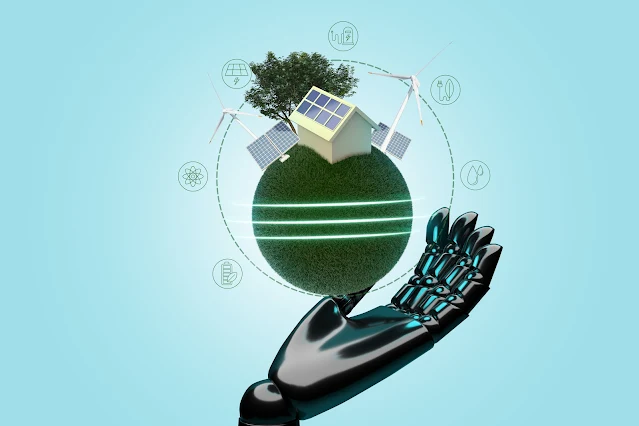Innovations in Sustainable Technology: Paving the Way for a Greener Future
In the face of environmental challenges, sustainable technology innovations have emerged as beacons of hope, offering solutions to reduce our ecological footprint and foster a more sustainable future. This article explores groundbreaking innovations that harness technology to address environmental issues and promote a greener, more sustainable planet.
I. Introduction
The urgency of addressing climate change has spurred a wave of innovations in sustainable technology. This introduction sets the stage for exploring how technology is becoming a driving force in creating a more environmentally friendly world.
II. Renewable Energy Revolution
A. Solar Power Innovations
Advancements in solar panel technology, including flexible and transparent solar cells, are expanding the applications of solar power, making it more accessible and efficient.
B. Wind Energy Breakthroughs
Innovations such as vertical axis wind turbines and advanced wind farm design enhance the efficiency and scalability of wind energy, contributing to a cleaner energy mix.
III. Energy Storage Solutions
A. Next-Gen Batteries
Developments in battery technology, like solid-state batteries and flow batteries, address the limitations of traditional lithium-ion batteries, offering safer and more sustainable energy storage options.
B. Hydrogen Energy Storage
Hydrogen-based energy storage systems provide a versatile and clean solution for storing excess energy generated by renewable sources, enabling a more reliable and resilient power grid.
IV. Smart Grid Technologies
A. Grid Optimization
The integration of artificial intelligence and IoT devices into power grids enhances efficiency, reduces energy waste, and enables better management of energy distribution.
B. Demand Response Systems
Smart grids empower consumers to actively participate in energy conservation by adjusting their energy consumption based on real-time demand, contributing to a more balanced and sustainable grid.
V. Green Building Innovations
A. Zero-Energy Buildings
Innovations in construction materials, energy-efficient design, and renewable energy integration are driving the creation of buildings that produce as much energy as they consume.
B. Living Architecture
Living roofs and walls that incorporate vegetation not only enhance building aesthetics but also improve energy efficiency and contribute to urban biodiversity.
VI. Circular Economy Technologies
A. Waste-to-Energy Solutions
Advanced waste-to-energy technologies, including anaerobic digestion and pyrolysis, convert organic waste into energy, reducing landfill dependence and mitigating environmental impact.
B. Closed-Loop Manufacturing
The adoption of circular economy principles in manufacturing promotes the recycling and reuse of materials, reducing waste and minimizing resource depletion.
VII. Water Conservation Technologies
A. Smart Irrigation Systems
In agriculture, smart irrigation technologies optimize water usage by incorporating sensors and data analytics to deliver the right amount of water precisely when and where it's needed.
B. Water Purification Innovations
Advanced water purification technologies, such as graphene-based filters and solar desalination, address water scarcity challenges, providing sustainable solutions for clean water access.
VIII. Transportation Revolution
A. Electric Vehicles (EVs) Advancements
Ongoing developments in EV technology, including improved battery efficiency and faster charging infrastructure, contribute to reducing the carbon footprint of transportation.
B. Innovative Mobility Solutions
The rise of shared mobility, autonomous vehicles, and sustainable urban planning is transforming transportation systems, reducing congestion and emissions.
IX. Nature-Inspired Design Solutions
A. Biomimicry in Technology
Drawing inspiration from nature, biomimicry in design leads to innovative solutions that mimic natural processes, enhancing efficiency and sustainability in various industries.
B. Green Chemistry
The development of environmentally friendly materials and processes in industries such as manufacturing and agriculture minimizes the ecological impact of production.
X. Conclusion: Shaping a Sustainable Tomorrow
In conclusion, innovations in sustainable technology are not merely advancements; they represent a collective commitment to creating a more sustainable and resilient future. Embracing these technologies is crucial for addressing environmental challenges and ensuring a planet that thrives for generations to come.

